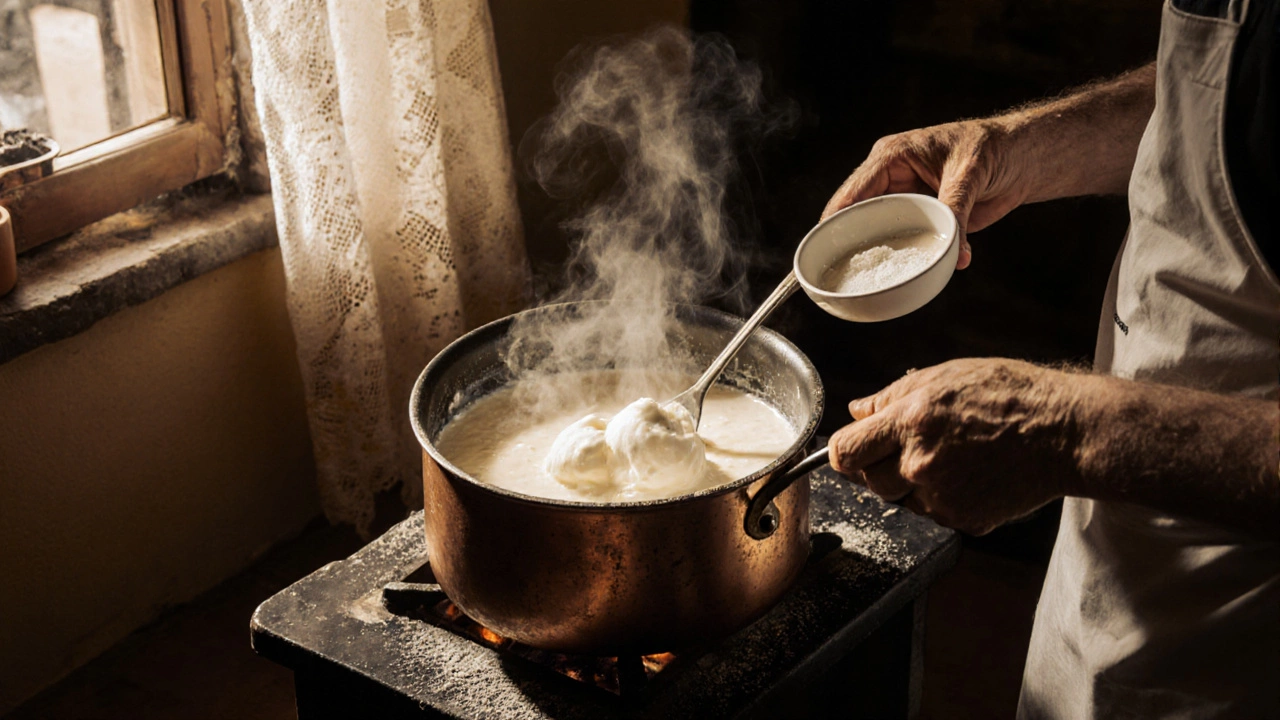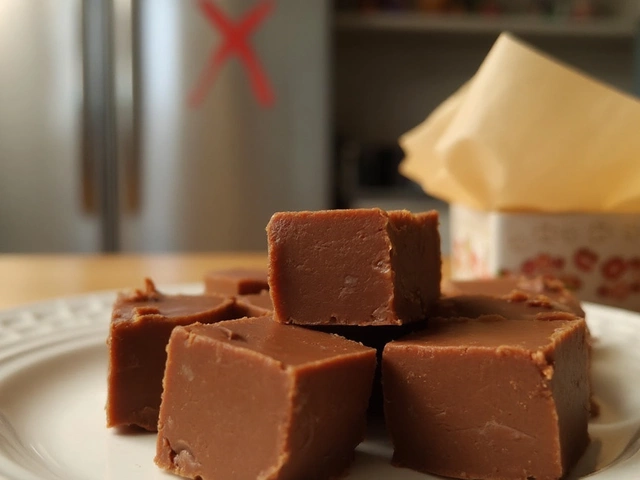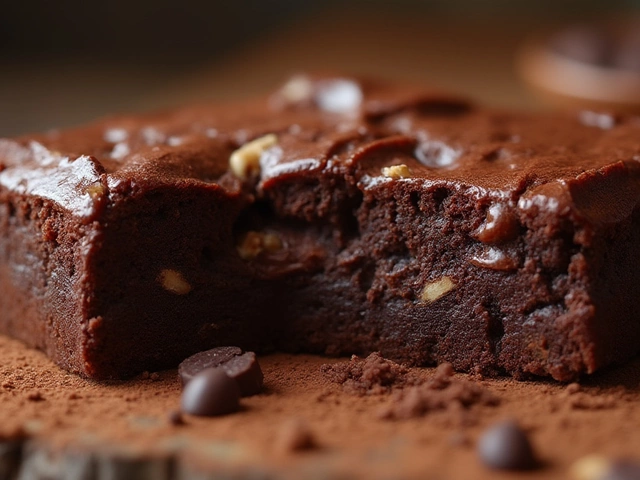Mascarpone Origin: Where Italy’s Silky Cheese Came From
If you love tiramisu or a rich frosting, you’ve probably used mascarpone without thinking about its past. Let’s go back to the farms of northern Italy and see how this buttery cheese earned its place on dessert tables worldwide.
Mascarpone first appeared in the 16th‑century Lombardy region, especially around the city of Milan. Farmers there needed a way to use leftover cream after butter was churned. They mixed the fresh cream with a splash of lemon juice or vinegar, which gently curdled the liquid. The result was a soft, slightly sweet curd that could be scooped straight from the pot.
Because the process didn’t need special equipment, it spread quickly to nearby valleys. By the 1800s, mascarpone was a staple in rural kitchens, often served with fresh fruit or honey. It stayed a regional secret until tourists discovered it and carried the name back to other countries.
How Mascarpone Is Made Today
The traditional method still works: heat heavy cream to about 85 °C (185 °F), add an acid like lemon juice or tartaric acid, and let it sit for 10‑15 minutes. The mixture thickens, then cools in a cheesecloth basket for a few hours. The liquid whey drains away, leaving a rich paste that’s about 45‑50% fat.
Modern producers use pasteurized cream and precise temperature controls, but the chemistry is the same. The acid causes the milk proteins to clump, creating that smooth texture we love. No rennet, no aging—just cream, heat, and a bit of acid.
Why Mascarpone Is a Dessert Superstar
Mascarpone’s high fat content gives it a melt‑in‑your‑mouth feel, perfect for pairing with sugar, cocoa, or fruit. In tiramisu, it balances the bitterness of espresso and the sharpness of espresso‑soaked ladyfingers. In cheesecakes, it makes the filling lighter than when using cream cheese alone.
It also works in savory dishes, but its sweet profile shines in a fruit parfait or a simple spoonful with a drizzle of honey. Because it has a mild flavor, you can flavor it with vanilla, coffee, or liqueur without fighting the base taste.
So next time you spread a dollop on a cake or stir it into a mousse, remember that you’re using a cheese that started as a clever way for Lombardy farmers to avoid waste. Its simple origin explains why it blends so well with both classic and modern recipes.
Enjoy the creamy history in every bite, and feel free to experiment—add a pinch of cinnamon, swirl in some raspberry puree, or use it as a creamy base for your own signature dessert.

Mascarpone cheese origin: history, production, and role in tiramisu
Explore the history, production and key facts behind mascarpone cheese, its Lombard roots, how it's made, and why it became the essential ingredient in tiramisu.
View More
What Does “Mascarpone” Mean? Definition, Origin & Uses
Discover the meaning, origin, and culinary uses of mascarpone. Learn how it's made, how it differs from ricotta and cream cheese, and get tips for storage and recipes.
View More




